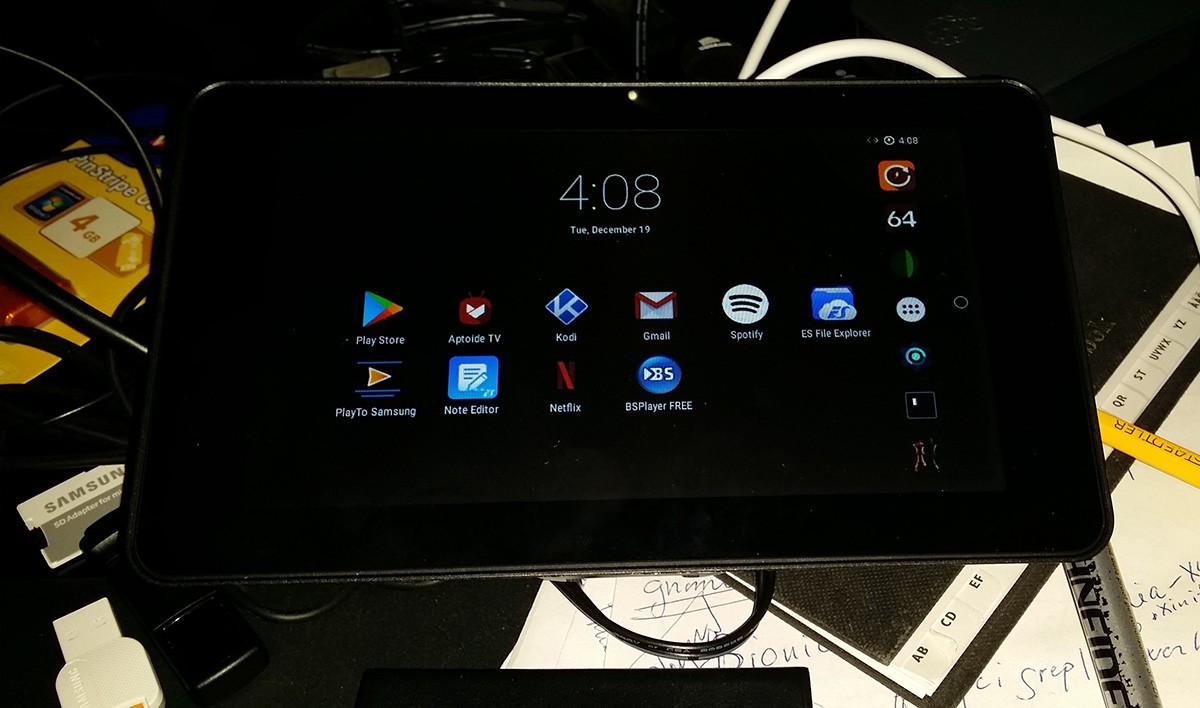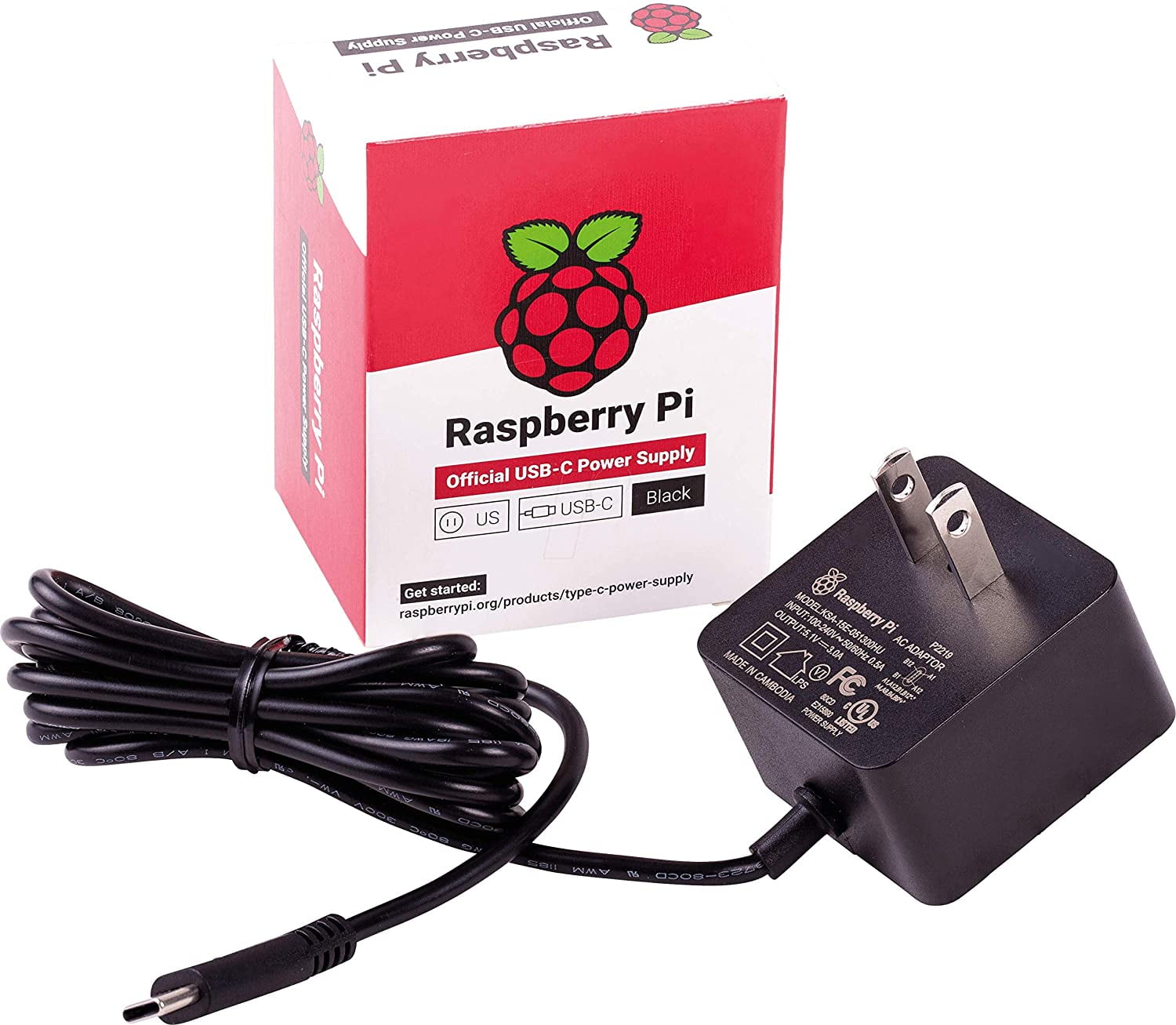

Since the SD card is the I/O bottleneck, by extension, the overall Pi 4 I/O is bottlenecked regardless whether the CPU is overclocked or not. Generally speaking, using an SD card to boot from means that the LibreELEC will run from the SD card. And with the Argon One case, CPU overclocking is still available as an option.

A normal CPU clock speed means lower CPU temperatures compared to an overclocked CPU. Overclocking the CPU simply masks the issue. The biggest I/O bottleneck for the Pi 4 is the SD card. I agree that the Ice Tower would be an excellent choice for the overclocking aficionado. As you say, it helps a lot when you choose to overclock. Nothing wrong with using an Ice Tower cooler. (Although can we not connect an SSD drive to a ice tower fitted pi?īut pretty much any other task will benefit from a faster CPU which the tower delivers and the cooler temperatures will make it more stable too.īut pretty much any other task will benefit from a faster CPU which the tower delivers and the cooler temperatures will make it more stable too. If you're going to be writing a lot of data to the pi yeah you'll need a faster drive. Of course aesthetics are another thing entirely and I'll concede the ice tower isn't the most smart or compact case.īut can we really say the argon case is "the best"Įveryone thinks they can Google the best TV/bike/mobile these days but always it's a matter of personal choice. I'm sceptical that a faster drive is better than a faster CPU.Įspecially in cpu intensive tasks like certain video formats like 4K and upscaling which the majority of the burden is on the CPU NOT the drive.
RASPBERRY PI 4K MEDIA CENTER PC
I have had pc levels of speed.ĭo you really think the argons faster drive (ssd supposedly being ten times faster) is a good trad.Į-off to the CPU speed being over lockable to 2.1 GHz? Which is pretty fantastic as it's barely a few degrees above ambient. I ask this because the ice tower can bring the temperature to 25 degrees idle. What's the cooling and therefore over clocking potential of the argon case. I still have to try out streaming services like Amazon or Netflix, however, I do not anticipate any streaming issues from Kodi / LibreELEC / RPI4 hardware. The new RPI4 running LibreELEC on the M.2 SSD: videos (from the same external SSD) now play as if they were on a BluRay/DVD player. Streaming videos were exhibiting the same halting issue. The older RPI4 running LibreELEC on SD card: videos from the external SSD would halt several times before playing properly. I added the network cable, external USB storage and finished configuring LibreELEC. Then suddenly (like magic) the RPI booted up LibreELEC OS from the SSD M.2 drive. No network or external storage connected!Ħ) Turning on the RPI, I watched on the monitor that the system attempted to boot from the missing SD card multiple times. The new assembly was cabled with power (turned off), HDMI, Mouse and KB.

I removed the SD card, finished assembling the Argon One case and added the small 'A' plug to 'A' plug adapter as per the videos. Once finished, I powered down the RPI 4 and un-cabled it. The M.2 SSD was not connected to the RPI 4.ĥ) Following the instructions in the video, I upgraded the RPI 4 firmware (version 000138a1 or greater). I flashed LibreELEC onto the SATA M.2 SSD using the extension cable plugged into my desktop.Ĥ) Using only the top half of the Argon One case (with the RPI4 & daughter board secured), I installed the SD card, connected power, HDMI to monitor, USB keyboard & mouse, network cable and booted the RPI 4. Rather on the bottom half of the case, I combined the small 'A' plug to 'A' plug USB adapter (which comes with the Argon One case kit) with an 'A' plug to 'A' socket extension cable to bring out the USB connection.Ģ) I downloaded the latest stable versions of LibreELEC (9.2.6) and RaspberryOS.ģ) I flashed the RaspberryOS onto a fresh SD card. Raspberry Pi 4 USB Boot is official! How-toġ) During the building of the RPI 4 (8 GB version) case process, I did not screw in the bottom section to complete the case. First, two videos to give an idea of the overall process:


 0 kommentar(er)
0 kommentar(er)
